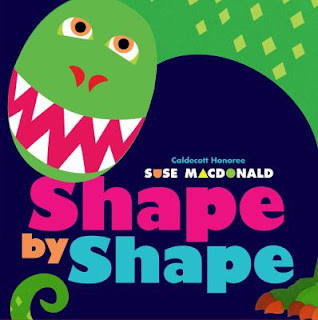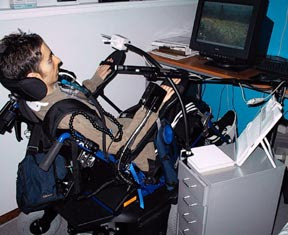During my time in Introduction to Technology for Educators I
have absolutely learned more than I ever thought was possible to learn in a
technology class. From creating websites to working with group members online,
this class has expanded my knowledge and love for technology even more than
before.
Ever since the beginning I have been all about the idea of
technology being included into the classroom and now I stand behind that even
stronger. When looking back through the syllabus, I realized just how much information
I absorbed this semester. I never thought that I could make a blog much less
write in one with such ease. I have struggled with copy writing images
throughout the semester but I have finally figured it out.
Addition to that, the objective that I took to well was “Technology/Information
Management (TIM): To demonstrate the skills and use the technology necessary to
collect, verify, document, and organize information from a variety of sources.”
I created a blog and make it look amazing through a website that I had never
heard of before. I was also able to learn about websites that will help me when
I become a teacher and I thought that was my favorite thing from this course. I
view it as getting a head start on how my classroom will operate and I do not
think it is ever too early for that.
The next objective that I learned to do in this course was “Critical
Thinking (CT): To demonstrate skills necessary for analysis, synthesis, and
evaluation.” I did this when I had to complete two online group projects. I honestly
thought it was the worst idea until I did the assignment. Overall the
experience was a learning experience from both projects so that is all I can
ask for.
“Communication (COM): To communicate effectively using standard
English (written or oral)” was the objective that came most natural to me. I
have always communicated well whether it is through text or oral. Talking, communicating,
never an issue for me. I found that the discussions and projects are what used
these the most. I found that responding to classmates in discussions was
helpful to not only the recipient of the comment but also myself. Reading other
classmates ideas and learning what they came up with usually pushed me to think
outside of my box and learn how other people see the world. I believe that corrective
criticism is something to avoid when responding through text. Always being
honest, polite, and respectful is how you want to keep your comments and I have
learned that through the semester. The group projects were complicated because
of the lack of communication and effort that group member put in. I think it is
still something to have in a course though because even though I struggled with
it, I learned more things to do and not to do.
My most favorite assignment of the entire course was the
e-portfolio. After struggling to figure out the web design, I finally figured
it out and loved my experience. To fast forward time a little and think of
where I will be when classes are finished was just what I needed to push
through the end of the semester. I can picture everything in my head and it is
all at my fingertips. Feel free to check out my portfolio here!
Resources:
Free Image on Pixabay - Motivational, Quote, Business. (n.d.). Retrieved December 07, 2016, from https://pixabay.com/en/motivational-quote-business-999247/
Maloy, R. W. (2013). Transforming learning with new technologies (2nd ed.). Boston, MA: Pearson/Allyn and Bacon.
(n.d.). Retrieved December 07, 2016, from https://m.youtube.com/
(n.d.). Retrieved December 07, 2016, from https://m.youtube.com/







